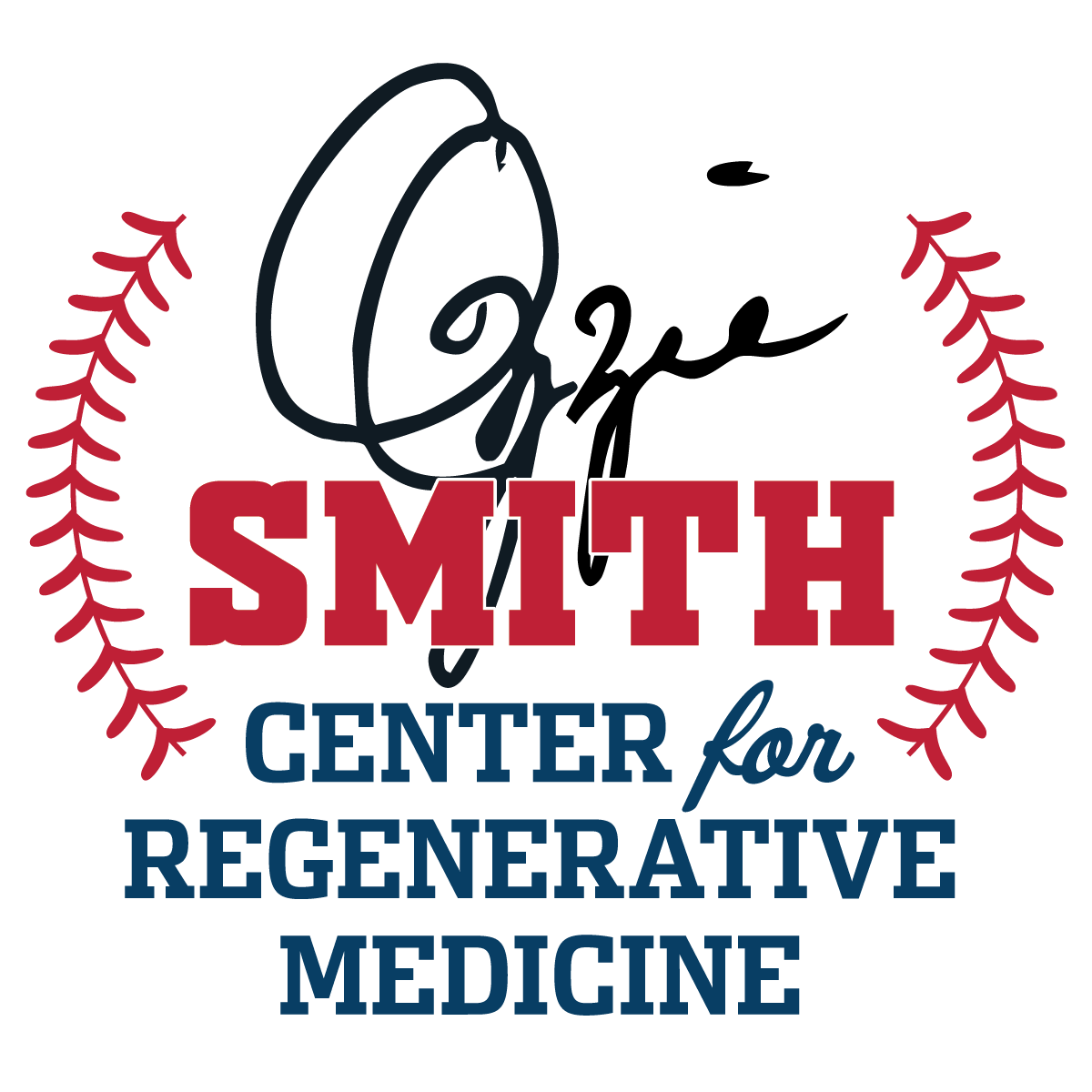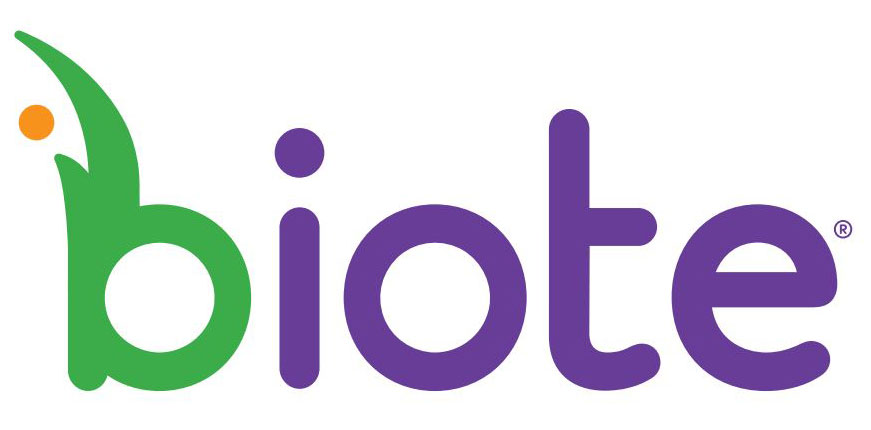Chronic joint pain doesn’t have to be your life sentence. While traditional treatments often mask symptoms with temporary fixes, regenerative therapy for joint pain offers something revolutionary: the power to heal your joints from within.
Millions of Americans live with persistent joint pain that limits their daily activities, disrupts sleep, and diminishes quality of life. Whether it’s arthritis in your knees, shoulder injuries that won’t heal, or chronic back pain that keeps you from playing with your grandchildren, joint pain can feel overwhelming and permanent.
But what if your body could heal itself? What if there was a way to not just manage your pain, but actually repair the damaged tissue causing it? That’s exactly what regenerative therapy promises – and delivers.
In this comprehensive guide, you’ll discover how regenerative therapy works, why it’s transforming pain management, and how it could be the key to unlocking the active, pain-free life you deserve.
What Is Regenerative Therapy?
Regenerative therapy represents a fundamental shift in how we approach healing. Instead of simply treating symptoms, this innovative approach harnesses your body’s natural ability to repair and regenerate damaged tissue.
Think of your body as having its own internal repair crew. When you’re young, this crew works efficiently, quickly fixing cuts, bruises, and minor injuries. As we age, this repair system slows down, leaving damaged tissues partially healed or not healed at all. Regenerative therapy essentially gives your repair crew the tools and resources they need to get back to work.
The therapy uses biological materials – often derived from your own body – to stimulate healing at the cellular level. These materials include growth factors, stem cells, and other healing components that signal your body to begin the repair process in targeted areas.
Unlike traditional pain management approaches that depend on medications to block pain signals, regenerative therapy addresses the root cause of joint pain: damaged, inflamed, or deteriorated tissue within and around your joints.
The Science Behind Joint Healing

Your joints are complex structures involving bones, cartilage, ligaments, tendons, and synovial fluid – all working together to provide smooth, pain-free movement. When any of these components become damaged or worn down, you experience pain, stiffness, and reduced mobility.
Traditional treatments focus on managing these symptoms. Anti-inflammatory medications temporarily reduce swelling, pain relievers block pain signals to the brain, and physical therapy helps maintain mobility despite damage.
While these approaches have their place, they don’t address the underlying tissue damage.
Regenerative therapy works differently by targeting the cellular environment of your joints.
When healing components are introduced into damaged areas, regenerative therapy can:
- Reduce inflammation – Calm chronic swelling that blocks healing.
- Stimulate cell regeneration – Encourage new, healthy cells to replace damaged ones.
- Repair tissue – Boost collagen production for stronger, healthier joints.
- Improve circulation – Deliver oxygen and nutrients while removing waste products.
Platelet-Rich Plasma Therapy and Other Regenerative Treatment Options for Joint Pain
PRP therapy is a cutting-edge, minimally invasive treatment designed to accelerate healing using your own blood. A small blood sample of the patient is processed in a centrifuge, which isolates and concentrates the platelets. Packed with powerful growth factors, these platelets work to:
- Repair damaged tissue
- Stimulate cell regeneration
- Reduce inflammation
- Promote a faster and more effective recovery
This approach is particularly beneficial for conditions such as osteoarthritis, chronic tendon or ligament injuries, and inflammation that hasn’t improved with traditional treatments. Many patients experience gradual improvement over weeks to months as the body’s repair processes are activated.
Cellular Therapy
Cellular therapy takes regenerative medicine a step further by introducing regenerative cells—often harvested from the patient’s own bone marrow or adipose (fat) tissue—into areas where tissue is damaged or deteriorating. These cells possess a remarkable ability to transform into different types of tissue, making them invaluable for repairing joints.
Once injected into the target area, these cells can help rebuild cartilage, repair soft tissue, and reduce inflammation, all while supporting the long-term health of the joint. Cellular therapy is often used for more advanced degeneration or injuries that haven’t responded to conservative care.
Therapeutic Injections
Therapeutic injections in regenerative medicine are designed to go beyond temporary symptom relief by creating a biologically favorable environment for healing. These injections may include concentrated growth factors, specialized proteins, or other bioactive substances that work to reduce inflammation, improve joint lubrication, and encourage tissue repair.
They are typically tailored to each patient’s condition, making them highly customizable. For example, a patient with arthritis may receive an injection designed to promote cartilage health, while someone with a tendon injury might receive targeted proteins that encourage tendon fiber repair.
Gel Injections (Viscosupplementation)
Gel injections, medically referred to as viscosupplementation, involve injecting a gel-like substance—often hyaluronic acid—directly into the joint space. Hyaluronic acid, a naturally occurring joint fluid, plays a vital role in lubricating and cushioning joint surfaces for smooth, pain-free movement.
For patients with osteoarthritis or reduced natural joint lubrication, these injections can restore smoother joint movement, reduce friction, and alleviate pain. While gel injections do not repair damaged cartilage, they can significantly improve mobility and comfort, often allowing patients to participate more effectively in daily activities. The effects can last for several months, and the treatment may be repeated as needed.
These regenerative therapies are typically chosen based on the individual’s diagnosis and treatment goals, fostering a personalized and evidence-based approach to managing chronic joint pain.
The Role of Regenerative Therapy in Treating Common Pain Conditions

Regenerative therapy has delivered promising results for many people living with chronic joint pain and mobility issues. Backed by research and clinical experience, these treatments work to address the underlying tissue damage rather than simply masking symptoms. Here are some of the most common conditions where regenerative therapy can make a meaningful difference:
- Osteoarthritis: The most common form of arthritis, caused by the gradual breakdown of cartilage and resulting in joint inflammation. Regenerative therapy can help stimulate cartilage repair, improve cushioning, and reduce inflammation for better mobility.
- Rheumatoid Arthritis: A condition where the body’s immune system attacks joint tissue, leading to inflammation and damage. While it is not a cure, regenerative therapy can support tissue repair, ease discomfort, and improve joint function.
- Sports Injuries: From torn ligaments and damaged tendons to cartilage injuries, regenerative therapy can help speed up recovery, strengthen tissues, and reduce the risk of re-injury when traditional treatments haven’t fully resolved the problem.
- Chronic Back Pain: Especially when related to disc degeneration, facet joint issues, or soft tissue injuries. Regenerative therapy can target damaged spinal structures, promote repair, and restore stability to reduce ongoing pain.
- Shoulder Impingement & Rotator Cuff Injuries: Whether caused by overuse, strain, or injury, regenerative treatments can help repair torn or weakened tissues, reduce inflammation, and restore shoulder strength and flexibility.
- Knee Pain: From meniscus tears and ligament injuries to age-related wear and tear, regenerative therapy can rebuild damaged tissue, restore joint stability, and alleviate pain during movement.
- Hip Problems: Including labral tears, early-stage hip arthritis, and general joint deterioration. Regenerative therapy can enhance joint lubrication, repair soft tissue damage, and slow the progression of degenerative changes.
The Treatment Experience: What to Expect from Regenerative Therapy
Regenerative therapy can feel like a big step, but knowing what to expect can make it much easier to explore. It all starts with a thorough evaluation to see if this treatment is right for you.
At your first visit, your provider will go over your medical history, current symptoms, and any treatments you’ve tried before. They might recommend imaging, like X-rays or MRIs, to get a better look at what’s going on with your joint.
The treatment itself is quick and simple, usually done as an outpatient procedure. A PRP session starts with a simple blood draw, followed by on-site processing that takes approximately 30 minutes.. Then, the concentrated platelets are injected directly into the affected joint using precise imaging tools.
The procedure is generally easy to tolerate. A local anesthetic numbs the area, and the whole thing usually takes less than an hour.
Recovery is straightforward, too. You might feel a bit sore around the injection site, kind of like after getting a shot. Most people are back to their usual routines within a day or two, though you’ll want to hold off on intense activities for a bit, just to be safe.
What Sets the Ozzie Smith Center Apart for Chronic Joint Pain Relief

At the Ozzie Smith Center in Chesterfield, Missouri, we take a highly patient-centered approach to healing and wellness. Regenerative therapy isn’t just another treatment option here—it’s part of how we help you get back to living your best life.
With nearly two decades of experience in rehabilitation and regenerative medicine, Dr. Jason Brame and our team understand how chronic joint pain can impact every part of your life—your physical abilities, emotional well-being, and even your relationships. That’s why we’re committed to providing care that’s as unique as you are.
We don’t believe in one-size-fits-all solutions. Instead, we take the time to understand your specific situation, lifestyle, and goals to create a treatment plan tailored just for you. By combining regenerative therapy with proven treatments like chiropractic care, physical therapy, and wellness services, we address not only your immediate pain but also the root causes of your joint issues.
Our patients consistently tell us how much they appreciate our caring approach and dedication to long-term results. One patient shared, “The OSC team cares about you as a person, not only as a patient.”
At the Ozzie Smith Center, you’re more than just a patient—you’re family. Let us help you take the next step toward lasting wellness.
If you’re living with chronic joint pain, you don’t have to accept it as an inevitable part of aging or something you’ll just have to live with forever. Contact the Ozzie Smith Center at (314) 200-4955 and discover how regenerative therapy could help you unlock the pain-free life you deserve.
Your best life is waiting. It’s time to get back in the flippin’ game.


